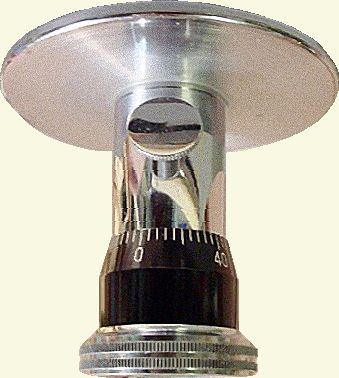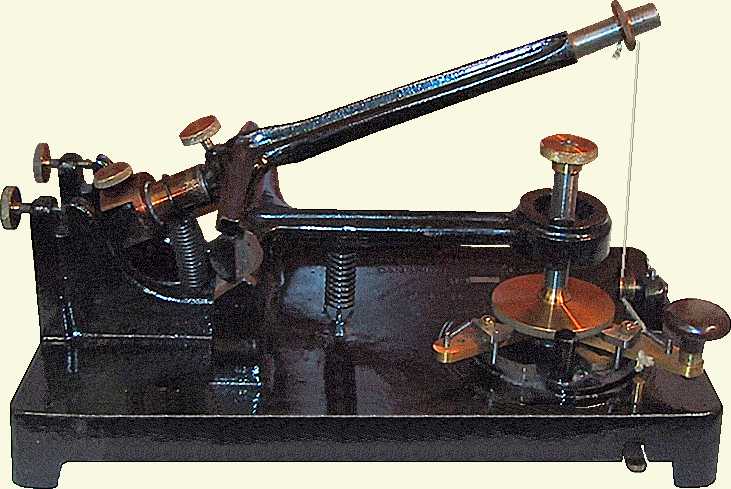Brunel Microscopes Ltd
Embedding compounds
Paraffin Wax sectioning
|
|
|---|
|
Brunel Microscopes Ltd Embedding compounds Paraffin Wax sectioning |
Use of the Microtome for Beekeeping Microscopy |
|---|
A microtome is a mechanical device for cutting biological specimens into very thin slices for examination under the microscope.
The tissues to be examined are first dehydrated using progressive strengths of alcohol and are then embedded in a wax or polymer block by casting, the block supports the tissue while it is being sliced along with the embedding compound itself.
|
Paraffin wax is a commonly used medium for the embedding and when cut into
thin sections varying from 2 to 25 µm (microns) in thickness the slices of wax
and specimen form a ribbon that partly sticks together aiding placement and final
mounting on the microscope slides, the mounted specimens can then be de-waxed and stained.
Microtome blades are incredibly sharp, require constant re-sharpening to maintain this sharpness and need to be handled with caution as they can cause severe cuts or be readily damaged by contact with hard objects. Avoid any contact with the cutting edge of the blade. Hand Microtomes are quite simple in construction and consist of a surface that the knife can be slid along and a calibrated screw mechanism that is used to raise the block incrementally between each cut. The one illustrated at right belongs to me and the knife can also be used in the Cambridge rocking microtome that I am in the process of rebuilding. The second illustration (below right) is of the micrometer type threaded collar used for advancing the block. |
|

|
|---|
Early Cambridge Rocker that is similar to mine, although the intermediate arm that I have has a clevis type end (illustrated below the main image) rather than the full circle version shown in this image which has been synthesized from one that I found on a auction site. If anyone has such spare parts or has drawings of any of the parts to aid manufacture of such spares I would be more than pleased to have them.

|
|
Printed from Dave Cushman's website Live CD version
Written... 10 to 13 December 2007,
|